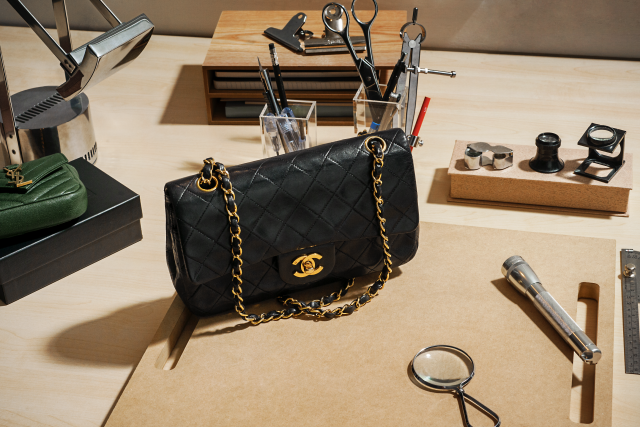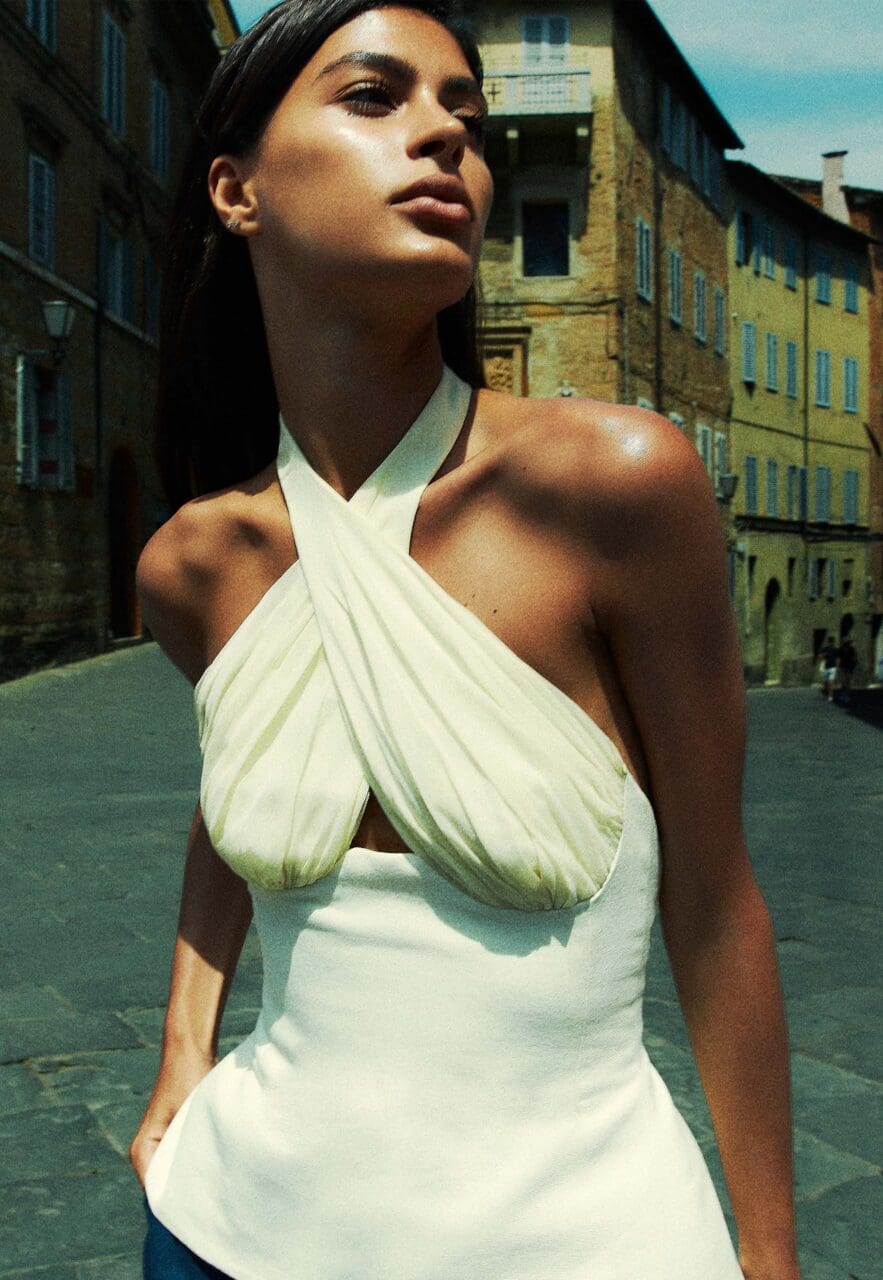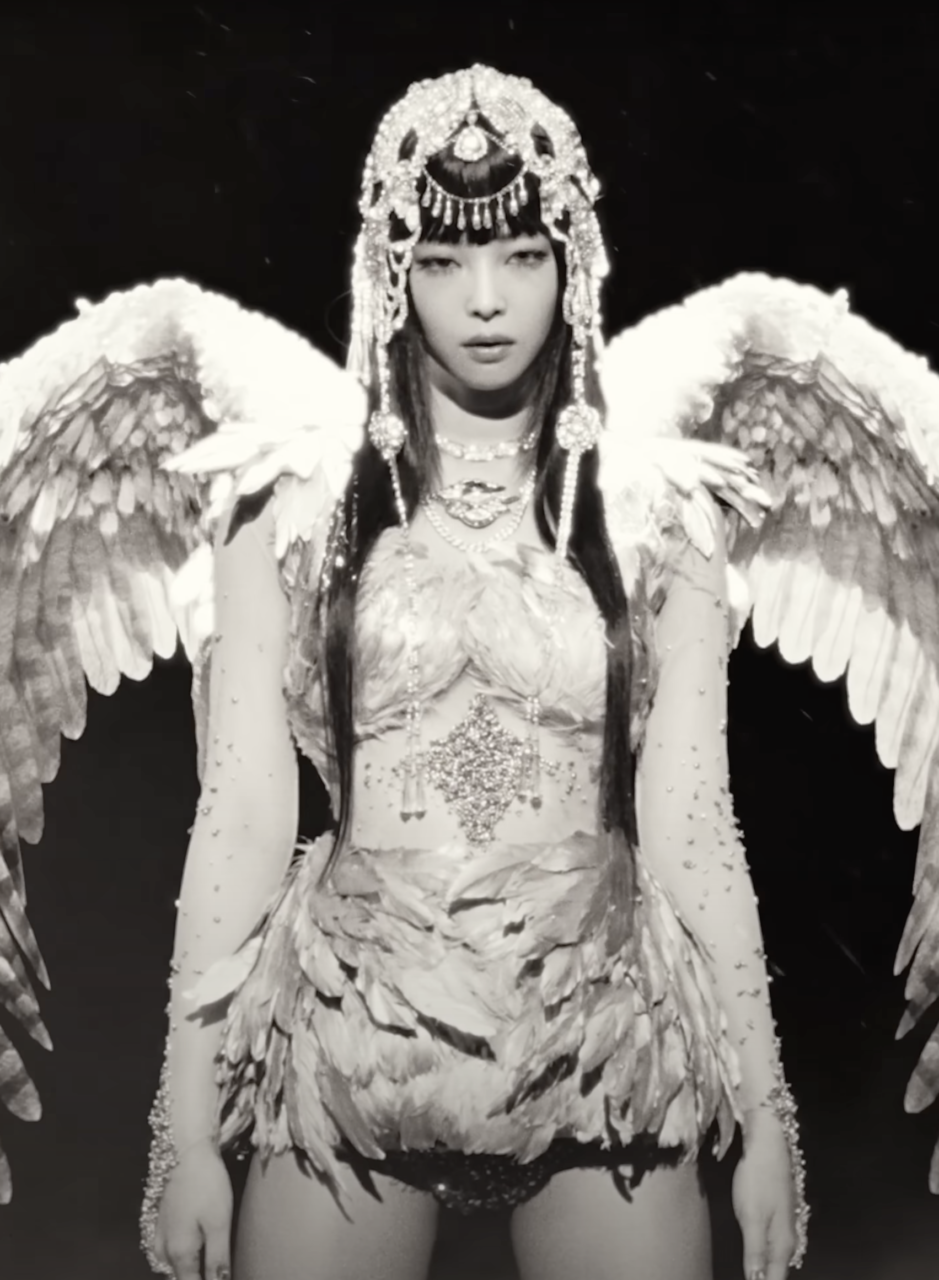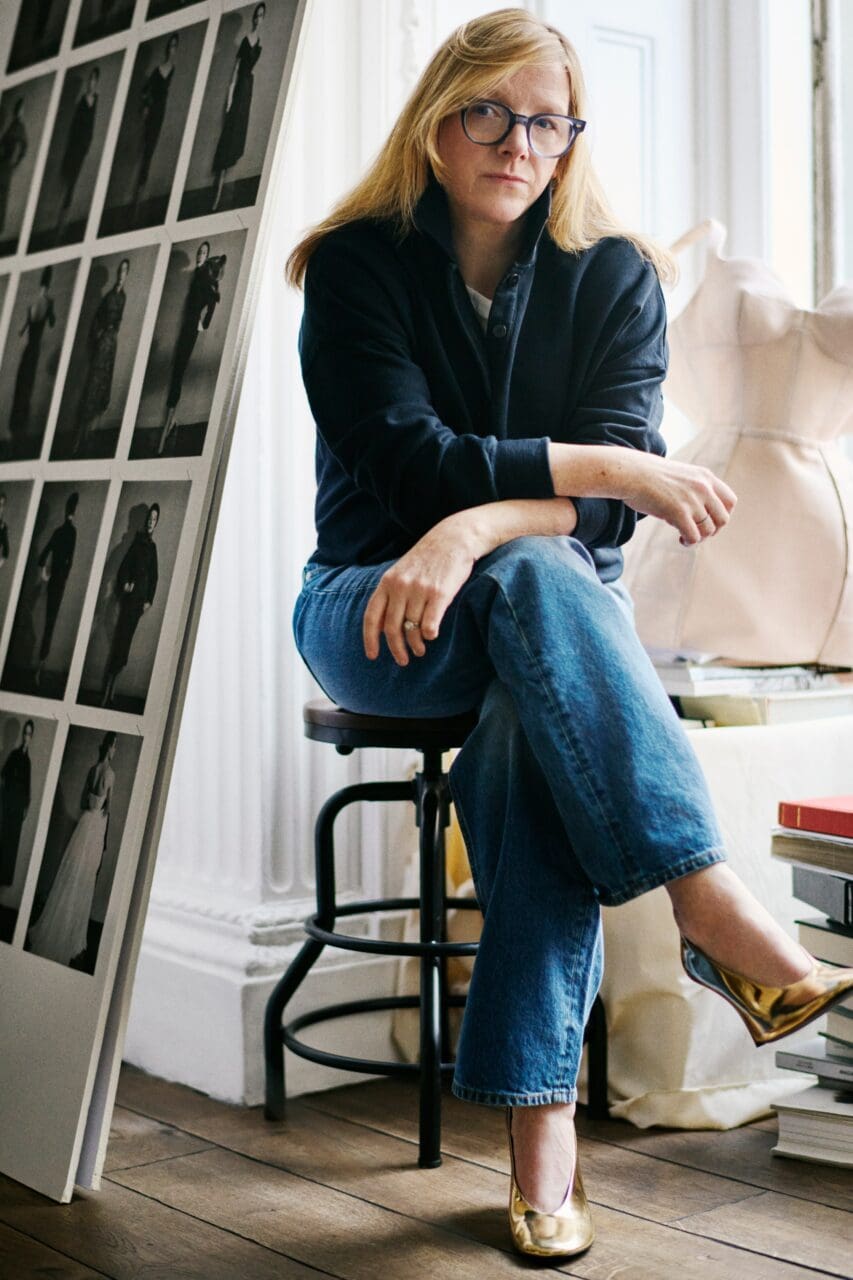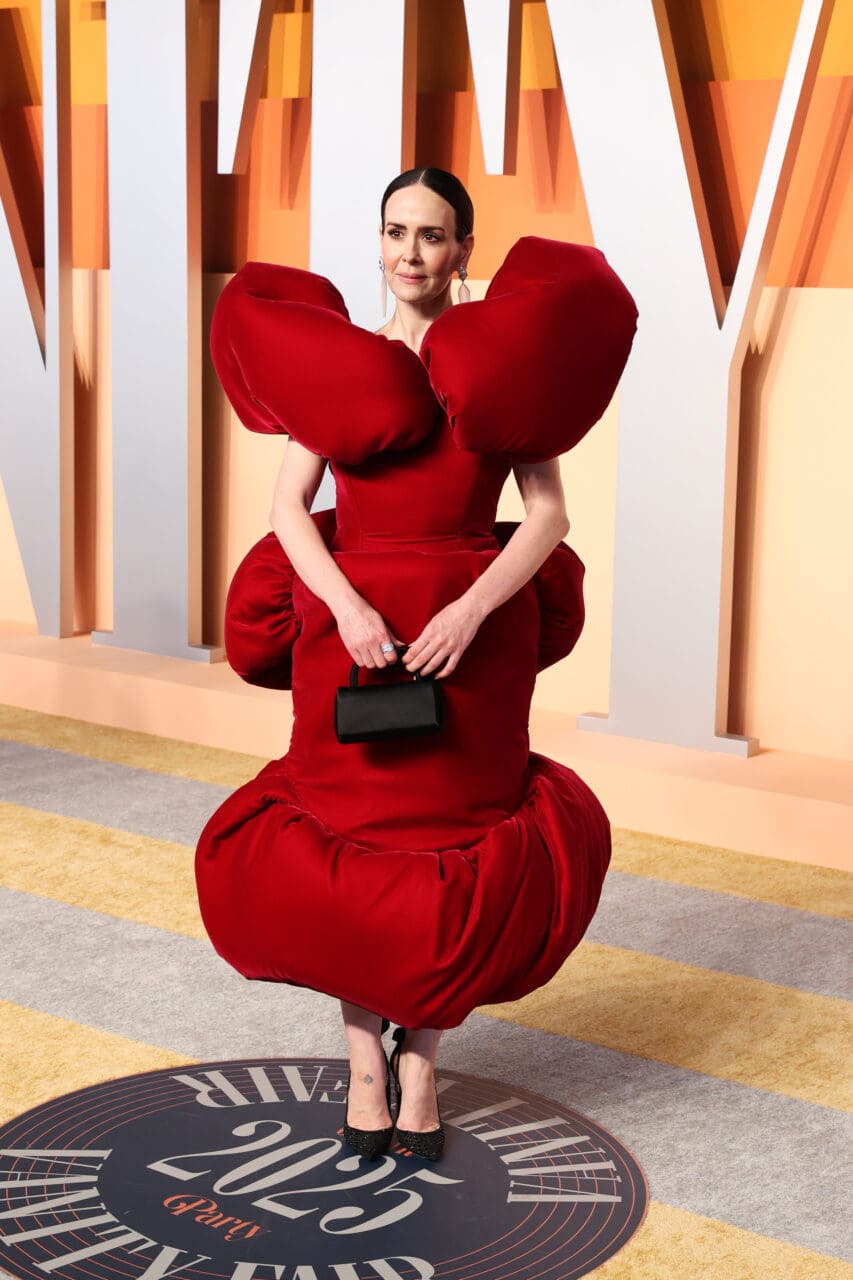How did your fashion career begin?
I have worked in fashion all of my adult life. I completed a design degree at Central St Martins Art College, London and, when I left, had a lingerie and swimwear brand selling to luxury retailers like Selfridges, Colette, Browns Focus and Henri Bendel. When I closed my business, I was lucky enough to have an opportunity to work for Lane Crawford and I learnt so much about the retail world. It was mid-2006 and a great time for Hong Kong – everyone viewed the East as the next big empire, there was money being poured into marketing events, free-flow champagne parties, big spend on big ad-campaigns.
I had personally never seen so much money being spent on luxury goods. Trends were changing faster, more frequent collections were being created, social media use was rising, and everyone was buying much more than they used to. As I had experienced the efforts it took to design and create a brand, it made me notice even more the amount of consumerism that was around me and it started to give me a sickening feeling which made me think about the resale market.
HULA aims to encourage a circular mindset in Hong Kong’s luxury fashion economy. How did you create the concept and how does it work?
Around 2013, when I first started thinking about HULA, there was nowhere to really offload your unwanted goods – friends and colleagues would often ask where they could resell items, so I knew there was an opportunity. Fast fashion was also on the increase (and has been over the last decade) and because prices have been getting cheaper, fashion consumerism has been on the rise, making textiles waste one of the biggest pollutants worldwide.
Companies like ours are in the spotlight right now as it is one of the only ways to quick-fix this horror, while we still allow consumers to shop and have fun with fashion but to just do it consciously. Our hope is to grow this circular economy to become a way of life and to change the mindsets of those in Asia, where buying pre-owned was previously frowned upon.
HULA is an e-commerce site with a walk-in warehouse and items are collected by individuals on a consignment basis, with us taking 35% of the profits once sold. We have a Butler service that helps the consignee do everything, from listing and uploading to storing and communicating with buyers, so they don’t have to lift a finger (perfect for busy women in Hong Kong).
How has your experience from luxury fashion commerce translated into the second-hand market and what similarities and differences do you see in customer’s habits?
Marketing fashion when it is new versus pre-owned does have its challenges, especially when people do not understand the concept or benefits. On the flip-side, I am lucky to have such amazing one-off pieces that are sold at a much cheaper rate. So when we have pop ups or events we always seem to have an excitement and shopping frenzy amongst our guests – women will gravitate to the rails rather than to the F&B table! This is something that I have personally never seen before at a luxury retailer’s event.
How have you seen the Hong Kong consumer attitude towards pre-loved luxury shift since you started HULA?
In Asia we are starting to see a shift of mindset. There has always been a superstition that wearing pre-owned risked wearing the spirit of the previous owner (and no one wanted to risk bad energy being passed on), but luckily there seems to have been a change in the last two years, especially as people become more educated and aware about sustainability and the devastating effects the fashion industry has on the environment.
How does your physical space compliment your e-commerce website?
Last year, we launched the very first pre-owned warehouse in Wong Chuk Hang, Hong Kong. The plan was and still is to be online, however after we launched our site, we heard from customers that they would like to come and see the items for themselves, so we opened up our tiny office space for walk-in by appointments and it seemed to do well. We also had pop up spaces previously and the results were positive. Earlier this year we were looking for a larger office space and came across a gorgeous warehouse that we couldn’t say no to – so decided to open up a permanent space instead. Consumers in Hong Kong still love to have a physical experience as shopping is still very much a past-time, so to be able to offer both an offline and online experience is important here.
What’s the best thing about being a female fashion tech entrepreneur in Asia?
That there are so many female entrepreneur business groups (for example FEW) and female tech groups that we can be a part of, meaning that I can easily reach like-minded people for advice if need be. I am so lucky that I have never felt being a female was in any way a hindrance, having worked in a female dominated industry of fashion.
What effect did the @OldCéline movement have on the second-hand fashion market?
Old Céline is definitely one of the hottest brands in the resale market since Phoebe Philo left. Her collection will not only stand the test of time but is now also seen as a collector’s item. The resale market is the perfect place to hunt down these amazing past collections, whether you are looking for something recent like Celine or way back from the Tom Ford Gucci era.
What are some pre-loved key designers and collections we should be adding to our closets?
The brands that often retain their value are brands like Chanel, Celine, Dior, Hermes, Louis Vuitton, Saint Laurent, Gucci and Valentino. Recently more contemporary brands like Gabriela Hearst, Victoria Beckham, Isabel Marant and Roksanda have been in high demand.
What are your favourite vintage-hunting haunts outside of Hong Kong?
When I lived in London I used to love going to Portobello market on a Friday (this is the day stylists find hidden gems versus the main shopping day which is on a Saturday). RELLIK and Old Spitalfields Market are two other London favourites.
Editor
Dervla LouliCredit
Header image: Daniel Murray

